Last week in our classes we reviewed asanas from many categories and also challenged our understanding and endurance in our inversions.
It’s very easy to become inspired and motivated with new and interesting poses to study. It is definitely necessary to attempt new things to remain fresh in our efforts! But the fragrance of the subject starts to permeate our effort with repeated investigation into things to which we have already been introduced.
We are told in Sutra 1.2 that Yoga is the stilling of the movements of consciousness. Sutra 1.12 tells us that practice (Abhyasa) and detachment (Vairagya) are the means to get the job done.
These two pillars, this two fold approach, repeated inquiry into the movements of consciousness and the nature of those movements; coupled with a cultivated attitude of disinterest in things that obstruct our effort to still the mind, are the two fundamental essential ingredients.
Abhyasa is more than just practice. It’s a specific type of practice, an activity that strives to understand and then still the movements of consciousness. This implies we must be objective towards the activity of practice, always a bit removed from the subjectiveness that may come. While practicing we are to study the mind, body and breath like impartial scientists.
Vairagya is more than just being detached. It is a specific type of renunciation where through will power we wean ourselves from cravings, and desires of all types, even the noble desires are checked.
Practice without the restraint of detachment for any rewards, can become too emotional, too prideful or dejected, like a scientist that is so invested in a particular outcome that she misses the big discovery revealed by her experiments.
By reviewing often the poses we have already started to know we can look for what we may have missed, what sort of “attachments” we may have assigned to our work thus far, and hope to unearth even more of the subtleties of the nature of our roiling consciousness. If we understand it well, we may be able to quiet it down and get that reported glimpse of the soul!

